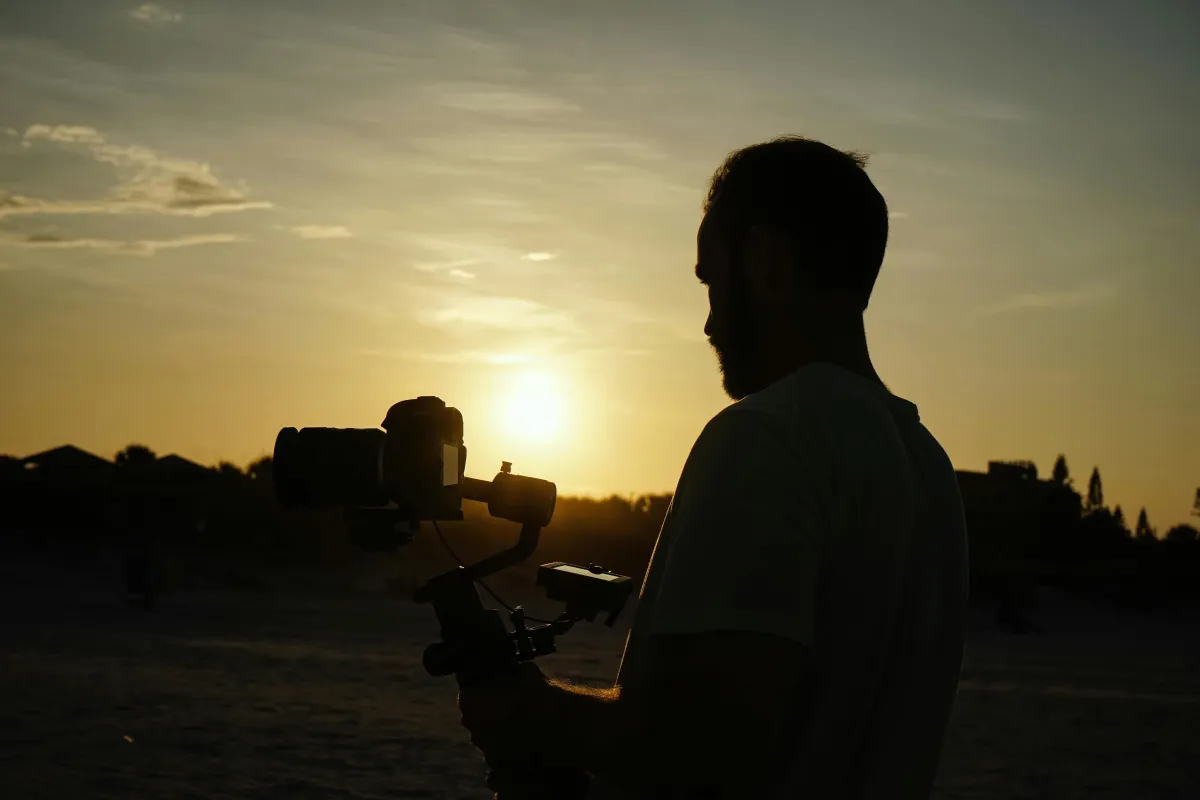Check Out Our Latest Contests!

Exploring the Art of Cinematography: Essential Techniques for Creating Stunning Visuals
Welcome to our in-depth guide on cinematography techniques! Cinematography is the art and science of capturing visually compelling images that tell a story and evoke emotion. Whether you're a filmmaker, videographer, or enthusiast, understanding the principles of cinematography is essential for creating stunning visuals that captivate your audience. In this blog post, we'll explore essential techniques and tips to help you master the art of cinematography and elevate your visual storytelling.
1. Composition and Framing: Composition is the arrangement of visual elements within the frame of your shot. Pay attention to factors such as framing, perspective, and balance to create visually appealing compositions. Experiment with different camera angles and framing techniques, such as the rule of thirds and leading lines, to add depth and dimension to your shots.
2. Lighting and Shadow: Lighting is one of the most critical elements of cinematography. Experiment with natural light, artificial light, and shadows to create mood, atmosphere, and depth in your shots. Pay attention to factors such as direction, intensity, and color temperature to achieve the desired visual effect.
3. Camera Movement: Camera movement adds dynamism and energy to your shots, enhancing the overall cinematic experience. Experiment with techniques such as panning, tilting, tracking, and dolly shots to create movement and fluidity in your footage. Use movement to emphasize key moments, convey emotion, and guide the viewer's eye through the frame.
4. Depth of Field: Depth of field refers to the range of distances within a shot that appear sharp and in focus. Experiment with shallow depth of field to isolate subjects and create a sense of intimacy or focus. Conversely, use deep depth of field to capture expansive landscapes or convey a sense of scale and depth.
5. Color Grading and Visual Style: Color grading is the process of enhancing and manipulating the color and tone of your footage to achieve a desired visual style. Experiment with different color palettes, contrasts, and textures to evoke emotion and enhance the mood of your scenes. Pay attention to color theory and the psychological impact of color to create visually compelling imagery.
6. Storytelling and Narrative: Cinematography is ultimately about storytelling. Use visual language and imagery to convey emotion, theme, and narrative arc. Pay attention to composition, lighting, and camera movement to support the narrative and evoke a visceral response from your audience.
7. Practice and Experimentation: Mastering the art of cinematography takes time, practice, and experimentation. Take every opportunity to shoot and refine your skills. Study the work of master cinematographers, analyze their techniques, and incorporate them into your own practice. Don't be afraid to experiment with different styles and techniques to find your unique visual voice.
By implementing these essential techniques and tips, you'll be well on your way to mastering the art of cinematography. Remember to stay curious, creative, and open to new ideas and experiences. With dedication, practice, and a commitment to excellence, you'll be creating visually stunning imagery that captivates and inspires audiences around the world. Happy shooting!
One or more of the links above are affiliate links, meaning, at no additional cost to you, we will earn a slight commission if you click through and make a purchase. Each of these products is chosen by a trusted member of our team.
Follow Online Video Contests
Never miss a new contest alert! Follow us on social media to stay up to date on everything OVC.



Copyright 2023 | Online Video Contests
Contact
partnerships@onlinevideocontests.com
